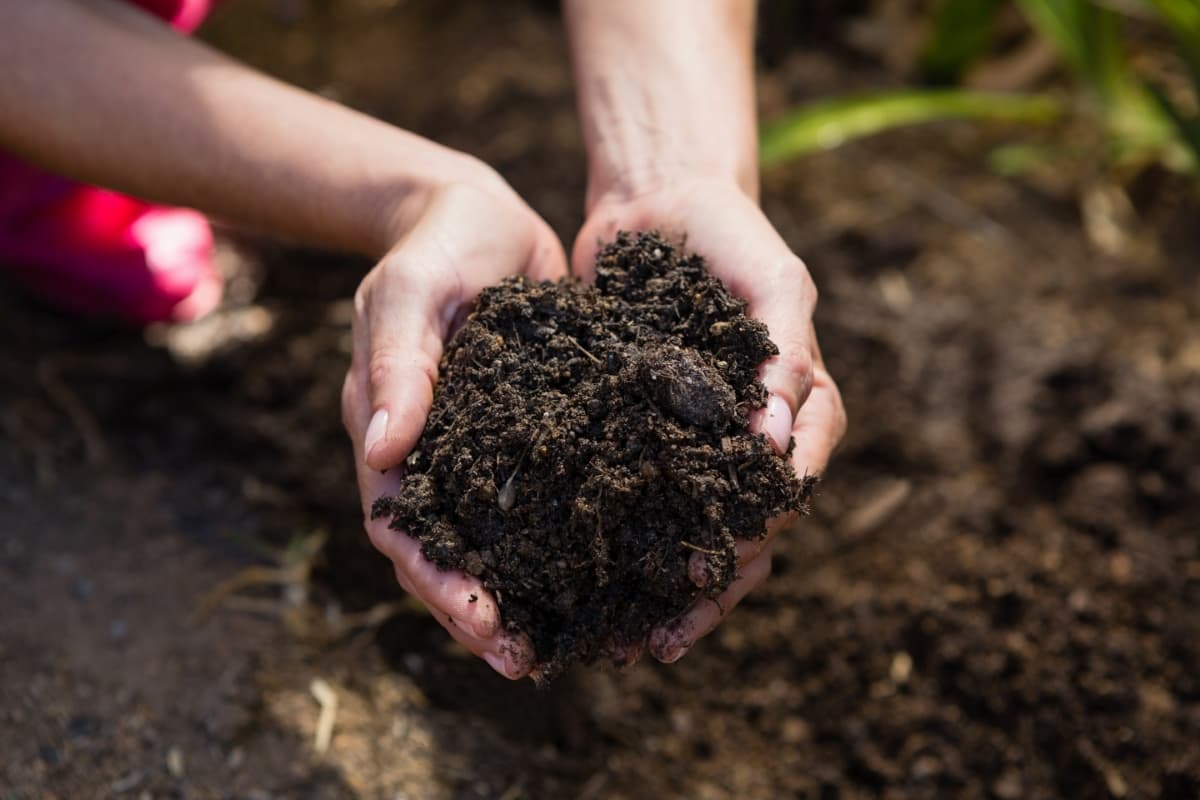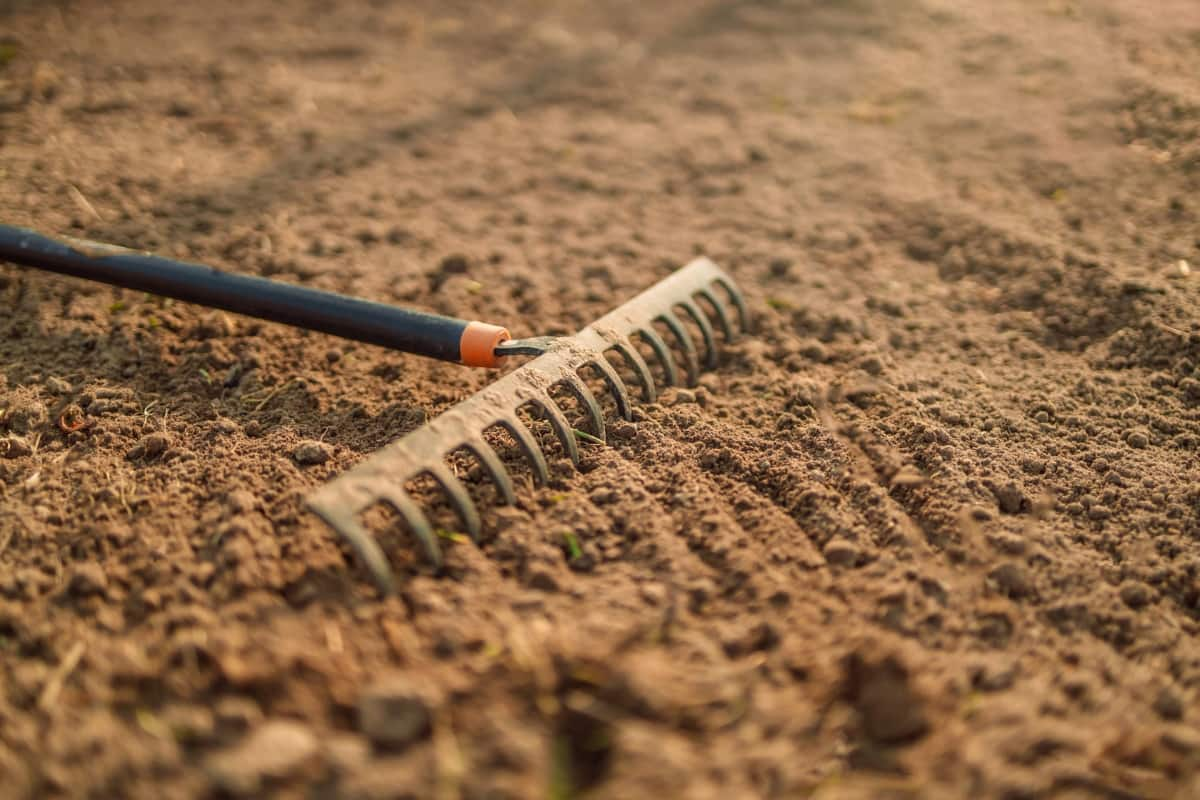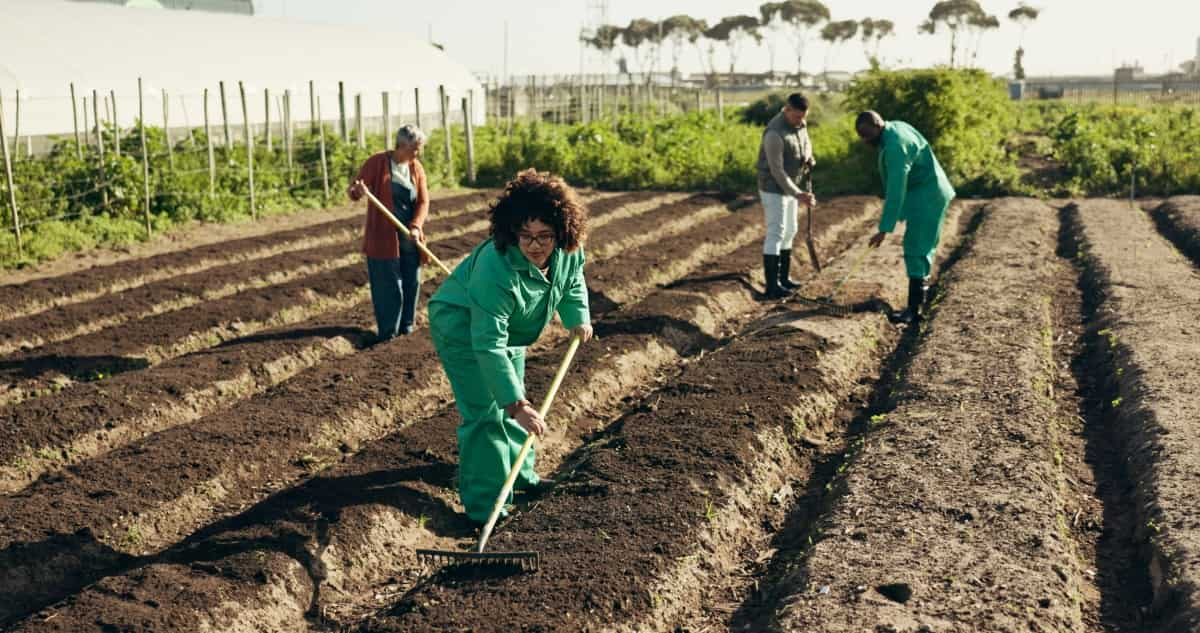Gardening, whether for flowers or vegetables, begins with one fundamental step: preparing the garden soil. Learning how to prepare soil for planting is crucial, as it forms the foundation for healthy plants. This process involves several steps, from assessing your soil and removing debris to adding organic matter and ensuring proper nutrient balance.
Whether you’re wondering how to prepare soil for your first garden, how to fertilize soil before planting, or how to add nutrients to the soil for a vegetable garden, understanding soil preparation methods will lead to a successful garden.
How to Prepare Garden Soil for Planting
Importance of Garden Soil Preparation
The importance of garden soil preparation cannot be overstated. It is the cornerstone of a healthy and thriving garden. Whether you’re looking to plant vegetables, flowers, or a mix of both, preparing the soil correctly ensures that your plants get the best possible start. Good soil preparation creates an environment where roots can spread easily and access the nutrients and water they need.
This step is vital for first-time gardeners and seasoned veterans, impacting everything from plant health to resistance against pests and diseases. Understanding how to prepare the soil for planting is not just about digging and turning; it involves assessing the soil’s condition, removing unwanted materials, improving its structure and fertility, and ensuring it has the right pH balance.
Assess Your Soil
Before you start planting, it’s essential to assess your soil. This step is key to understanding your soil’s needs for optimal plant growth. You should look at the soil’s texture, structure, and fertility. Soil tests are invaluable in this process, providing information on nutrient levels and pH balance. This information is especially useful when figuring out how to add nutrients to soil for a vegetable garden or how to prepare soil for planting flowers. Remember, each plant has unique requirements, and tailoring your soil to meet these needs is a crucial part of gardening.

Remove Debris and Weeds
The next step in preparing your garden soil is removing debris and weeds. This process is crucial in clearing the way for your plants to grow without competition for nutrients and water. Debris, such as rocks, sticks, and leaves, can hinder root growth and soil aeration. On the other hand, weeds are notorious for competing with your plants.
They can also be hosts for pests and diseases. You provide a clean slate for your plants by thoroughly clearing your garden area. This step is especially important in soil preparation for your first garden, as it can greatly impact the success of your initial planting efforts.
Add Organic Matter
Adding organic matter is a vital step in soil preparation. Organic matter improves soil structure, aeration, and water retention, making growing roots easier. Incorporating compost, manure, or leaf mold can significantly boost the soil’s fertility and health when looking at how to prepare soil for planting vegetables in pots or in the ground. For beginners learning how to prepare soil for their first garden, using organic matter is a simple yet effective way to enrich the soil.
In case you missed it: Soil and Climate Requirements for Saffron Farming

Break Up Clods
Breaking up soil clods is an important step in garden soil preparation. Clods can make it difficult for roots to penetrate the soil and access water and nutrients. Breaking these clods ensures a smoother, more uniform soil texture. This step is particularly crucial when preparing soil for planting vegetables and flowers, as these plants often require well-aerated, loose soil to thrive. The process involves using tools like a garden fork or tiller to gently break apart the clods without disturbing the soil structure. For gardeners learning how to prepare soil for their first garden, this step is key to creating an ideal growing environment for their plants.
Level the Soil
Leveling the soil is a crucial step in garden preparation. It ensures that water distributes evenly and doesn’t pool in certain areas, which can lead to root rot. Level soil also makes it easier to plant seeds and seedlings. This step is especially important when preparing soil for planting vegetables or flowers, as it influences how well your plants will grow. To level your soil, use a rake to gently even out the surface. This doesn’t have to be perfect, but aim for a reasonably flat surface that allows for consistent moisture and nutrient distribution.
In case you missed it: The Complete Guide to Preparing Soil for Artichoke Cultivation

Add Lime or Sulfur for Too Acidic or Too Alkaline
Adjusting the pH of your soil is a key aspect of preparation, especially if your soil is too acidic or too alkaline. Plants generally prefer a pH that is slightly acidic to neutral. If your soil test shows it’s too acidic, adding lime can make it less sour. Conversely, if your soil is too alkaline, sulfur can be used to lower the pH.
This step is vital in creating a hospitable environment for your plants, as the wrong pH can lock out essential nutrients, making them unavailable to your plants. Adjusting the soil pH is particularly important in preparing soil for planting vegetables and flowers, as these plants often have specific pH preferences.
Add a Balanced Fertilizer to Your Soil
A balanced fertilizer typically contains equal parts of nitrogen, phosphorus, and potassium (NPK), key nutrients for plant growth. When learning how to fertilize soil before planting, it’s important to use the right amount; too much can harm your plants, while too little might not provide enough nutrients. This step is especially crucial when figuring out how to add nutrients to the soil for a vegetable garden, as vegetables often require more nutrients than other plants. By carefully adding the right fertilizer, you set the stage for a successful and productive garden.
Rake and Smooth
After adding amendments and leveling the soil, the next step is to rake and smooth the surface. This step is essential for creating a fine, crumbly texture ideal for planting. Raking helps to remove any remaining clumps or stones, ensuring the soil is even and smooth.
In case you missed it: How to Prepare the Soil and Plant Brussels Sprouts

This process is particularly important when you’re learning how to prepare soil for planting vegetables or flowers, as a smooth soil surface facilitates easier planting and better seed-to-soil contact. This step can be quite satisfying for gardeners working on preparing soil for their first garden as it visually prepares the stage for planting and signifies that the soil is almost ready for the seeds or plants.
Compact the Soil
Compacting the soil slightly after raking is important to eliminate large air pockets, which can dry out roots and disrupt plant growth. However, be careful not to over-compact, leading to poor aeration and water drainage. Gently tamping the soil with the back of a rake or your hands is usually sufficient. This step is particularly crucial when figuring out how to prepare soil for planting vegetables in pots, where soil compaction can be more of an issue due to the limited space.
Test and Adjust the Soil pH and Nutrients
Testing and adjusting the soil pH and nutrient levels is a critical final check before planting. This ensures the soil is in the best possible condition to support plant growth. With a soil test kit, you can check your soil’s pH and nutrients, and then fix it if needed. This could involve adding more organic matter, lime, sulfur, or a specific fertilizer to balance the nutrients.
Understanding how to add nutrients to soil for a vegetable garden is particularly vital, as vegetables can be quite demanding regarding nutrient requirements. This step ensures that your garden is ready and optimized for the type of plants you intend to grow.
Tools Required to Prepare Your Garden Soil
Preparing your garden soil requires a few essential tools. A spade or garden fork is necessary for turning the soil and incorporating organic matter. A rake is used for smoothing and leveling the soil and removing any remaining debris. For testing the soil, a soil test kit is invaluable.
Additionally, a hoe or hand trowel can break up clods and fine-tune the soil texture. Smaller tools like a hand trowel or a potting scoop might be more appropriate for those looking at how to prepare soil for planting vegetables in pots. Having the right tools makes the process of soil preparation easier and more effective.
Conclusion
Preparing garden soil for planting is a multifaceted process that sets the foundation for a thriving garden.
- Feed Your Flock for Less: Top 10 Tips to Save on Chicken Feed
- Ultimate Guide to Ossabaw Island Hog: Breeding, Raising, Diet, and Care
- Hatching Answers: The Top 10 Reasons Your Chickens Aren’t Laying Eggs
- Eggs and Economics: Breaking Down the Cost of Raising Backyard Chickens
- Defend Your Greens: Proven Methods to Keep Iguanas Out of Your Garden
- Ultimate Guide to Cinnamon Queen Chicken: A Comprehensive Guide for Beginners
- Ultimate Guide to California Tan Chicken: Breeding, Raising, Diet, Egg-Production and Care
- Ultimate Guide to Marsh Daisy Chicken: Breeding, Raising, Diet, and Care
- 10 Types of Chicken Farming Businesses You Can Start for Profits